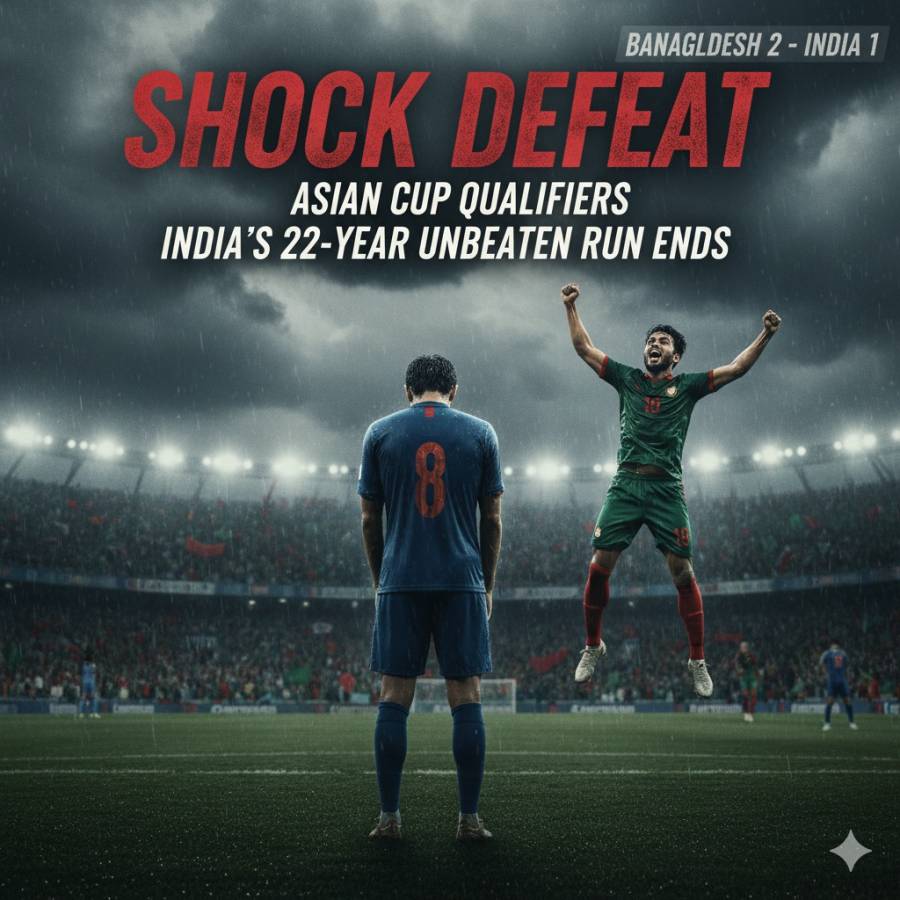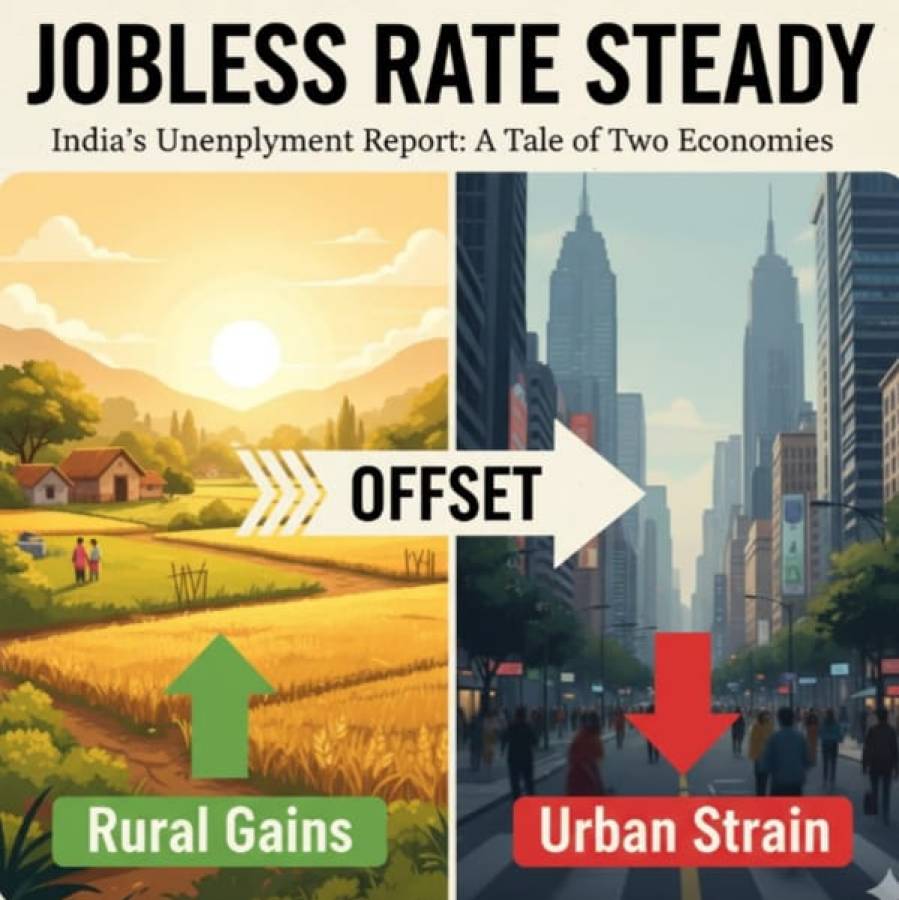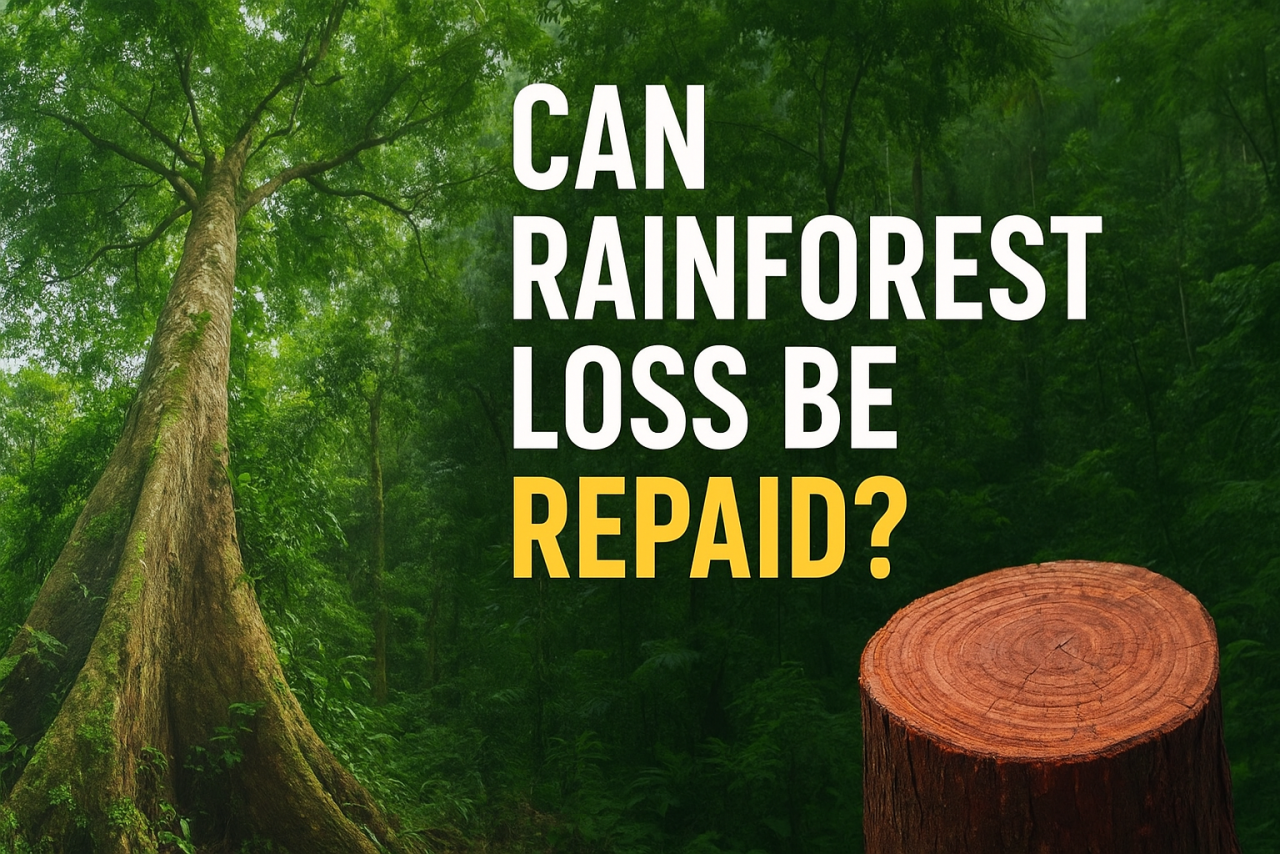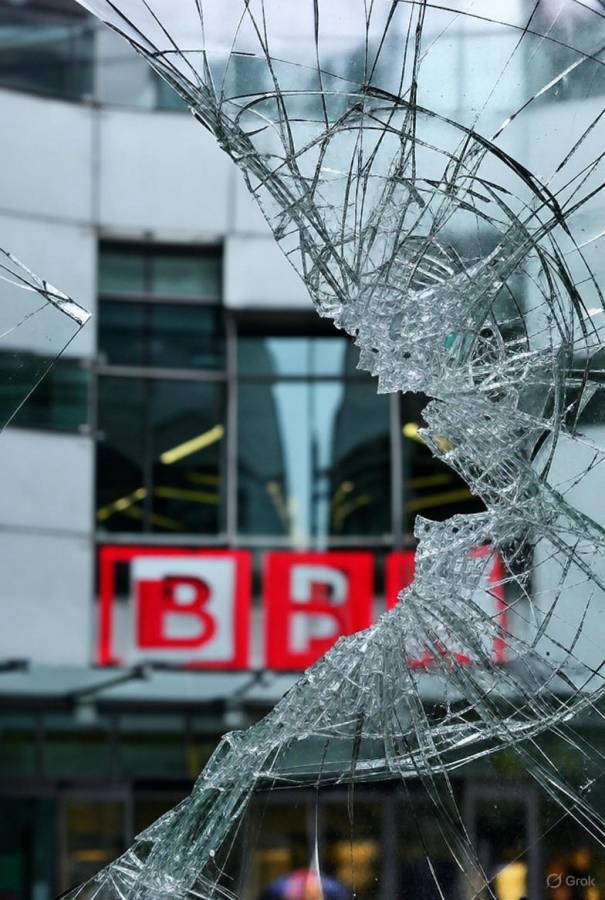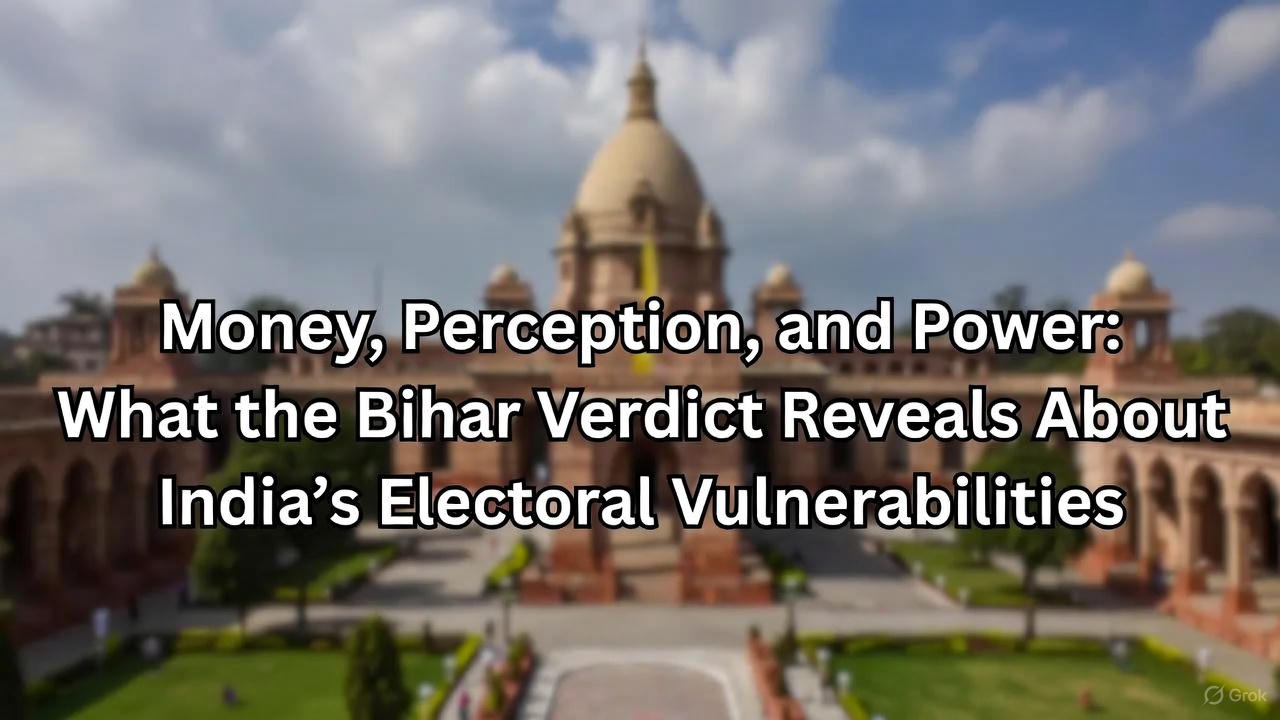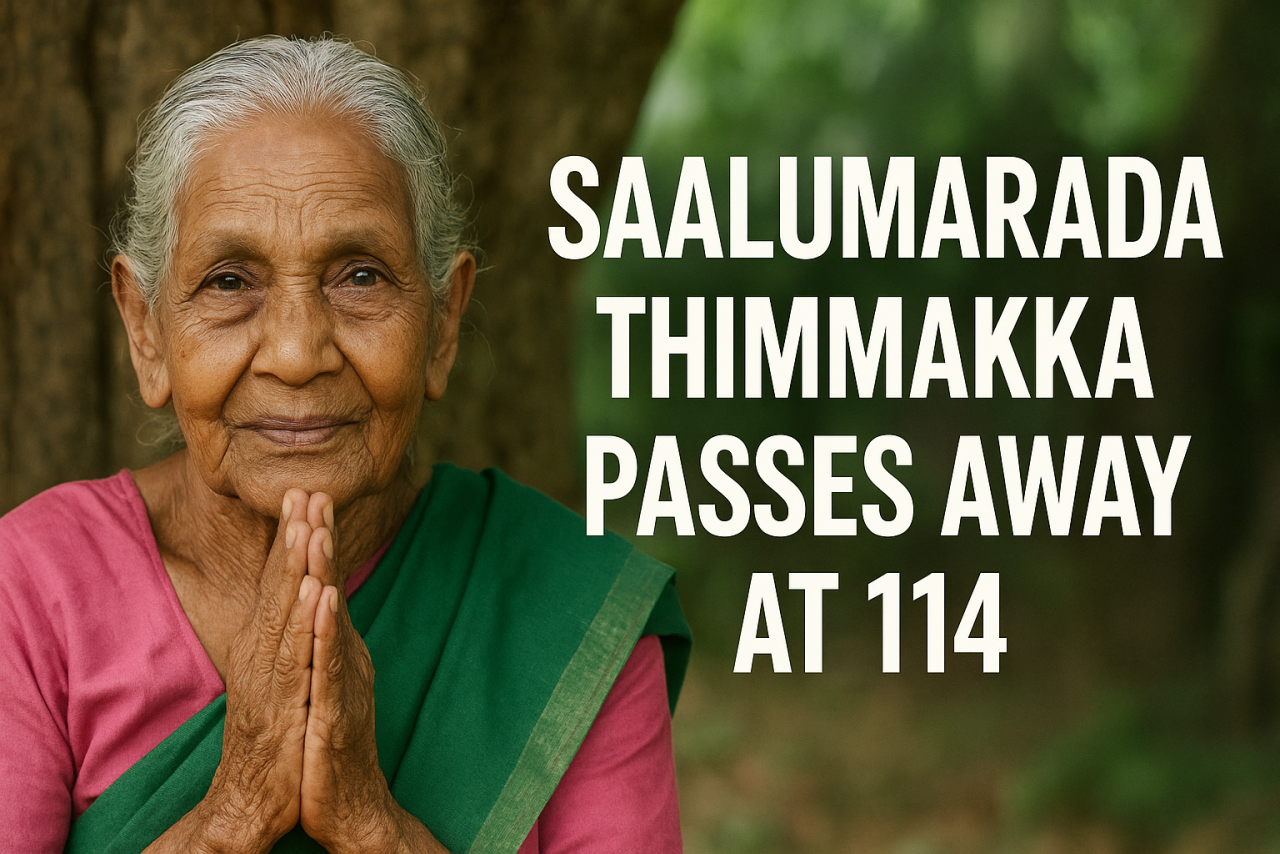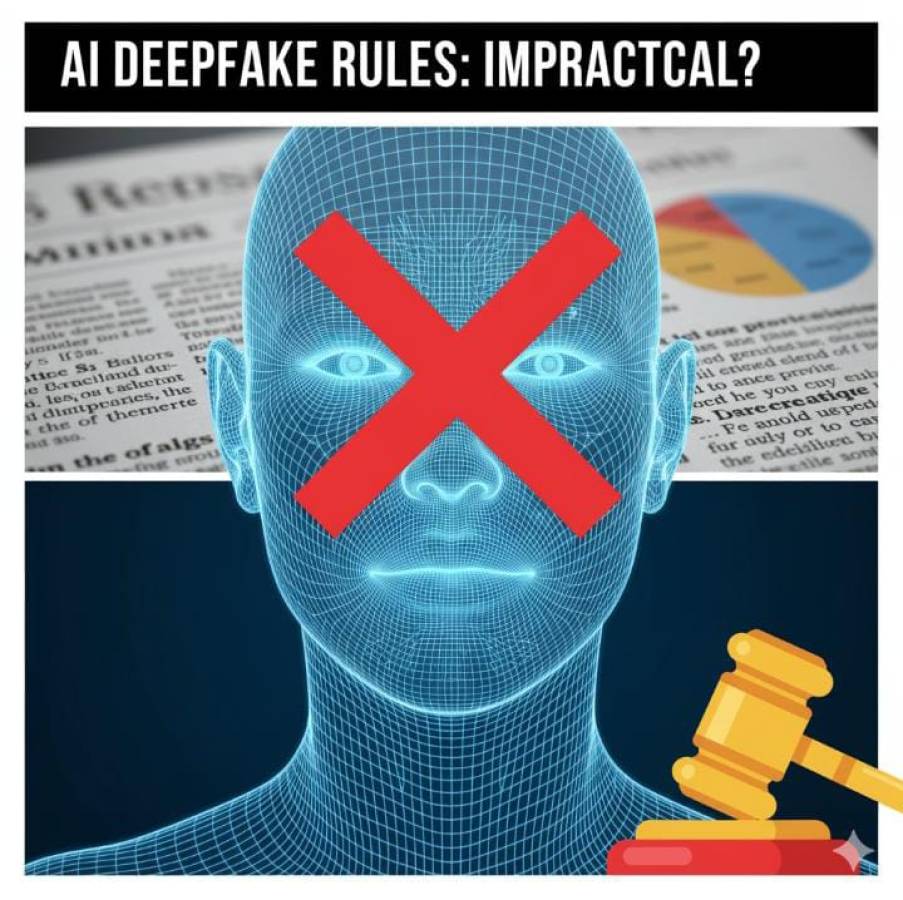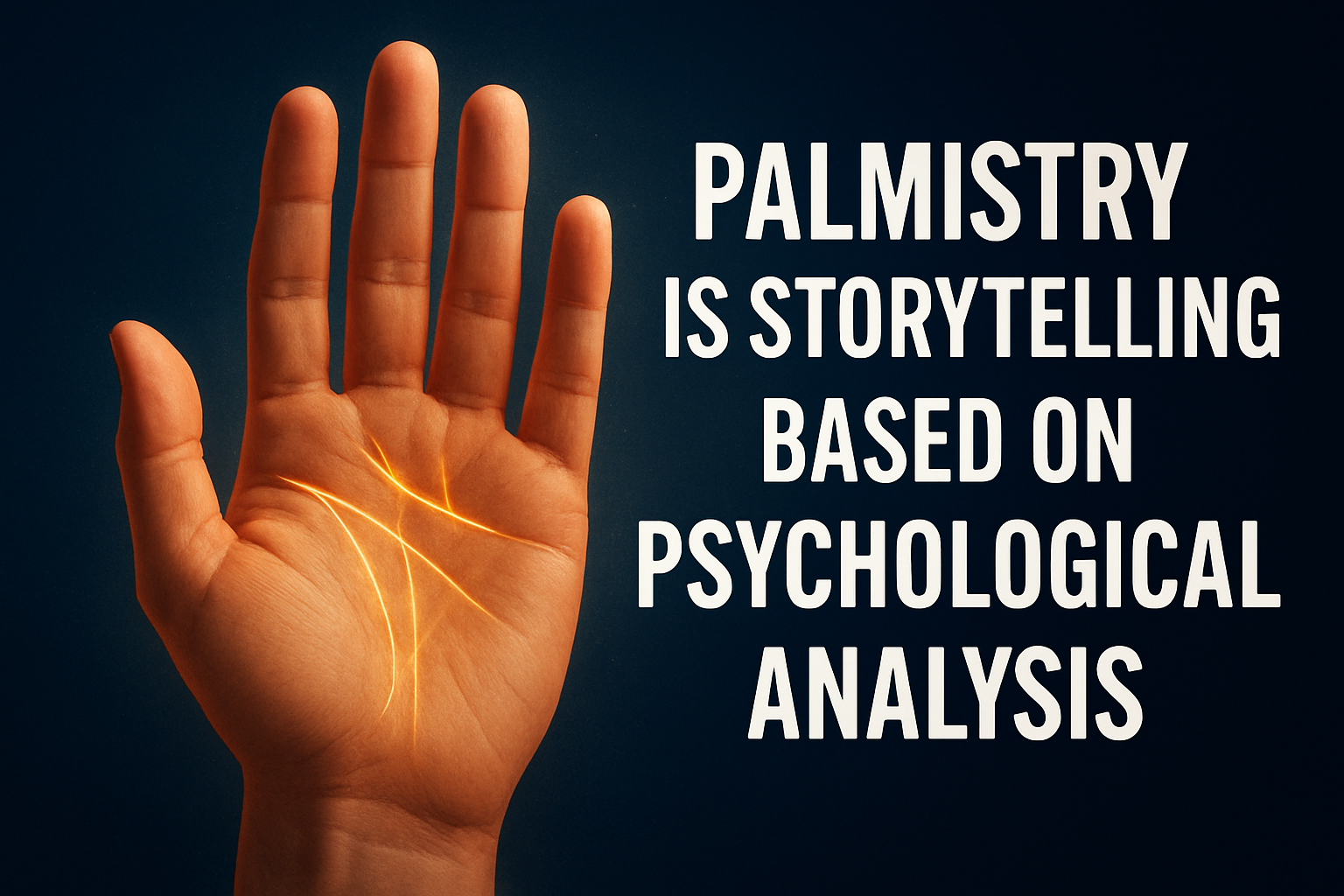
When someone looks at your palm and begins to describe your personality, strengths, and challenges, it may feel like they are unlocking secrets written in your skin. This practice, known as palmistry, has fascinated people for centuries. Some call it a mystical art, while others dismiss it as superstition. But if we look closely, palmistry is less about predicting the future and more about storytelling based on psychological cues.
Palmistry starts with the hand. The lines, shapes, and mounts on the palm become tools for interpretation. A palmist may say the “heart line” shows emotional depth, the “life line” reflects vitality, and the “head line” represents intellect. But do these lines actually decide your fate? Science suggests otherwise. Genetics and biology explain the formation of palm lines. They are creases developed due to hand movement in the womb and later life. Everyone has them, and their depth or length varies naturally. No scientific evidence proves that a longer line guarantees a longer life.
So why does palmistry continue to feel accurate to many people? The answer lies in psychology. A concept called the Barnum effect helps us understand. This effect describes how people accept vague or general statements as uniquely true for themselves. For example, when someone says, “You are independent but sometimes feel the need for approval,” most people find it relatable. Palmistry often works in the same way. The descriptions are broad enough to apply to many, but personal enough to feel special.
Another factor is observation. A skilled palmist often notices subtle details like how a person carries themselves, the firmness of their handshake, or their choice of words. These clues allow the palmist to weave a story that resonates with the individual. In this way, palmistry is similar to modern personality analysis. Just as psychologists use behavior and speech to understand a person, palmists use the palm as a symbolic canvas.
Palmistry also relies on storytelling. Human beings are natural storytellers, and we crave narratives that explain who we are. When a palmist looks at your hand and tells you that you are destined for leadership or that your sensitive nature draws people to you, it feels empowering. The story aligns with your inner thoughts, even if it is not scientifically measurable. In a way, palmistry gives people a mirror to reflect on their identity.
Some researchers connect palmistry with projective techniques in psychology. Projective techniques are tools where people respond to ambiguous images or prompts, and their answers reveal hidden aspects of their personality. Similarly, when a palmist interprets lines on a palm, the individual begins to think deeply about themselves. This reflection can lead to greater self-awareness. The power lies not in the palm but in the conversation it creates.
Science does recognize one connection between hands and personality. Studies in biology show that finger length ratios, particularly the ratio between the index and ring finger, can be influenced by prenatal hormones. These ratios sometimes correlate with certain personality traits or abilities. For example, some research suggests that athletes tend to have a particular ratio. However, this is far from the detailed predictions made in palmistry. It shows that while our hands carry biological information, turning them into life predictions stretches beyond science.
Palmistry continues to survive because it blends psychology, observation, and narrative. It is less about reading the future and more about helping people make sense of their present. Many individuals who consult palmists are seeking reassurance, direction, or comfort. The session becomes a space for reflection, where the lines on the hand serve as prompts for deeper conversation about life and choices.
In modern times, palmistry can be seen as a cultural practice rather than a scientific one. Its value lies in its ability to open dialogue and encourage self-reflection. Just like myths, literature, or art, it speaks to human imagination. When we approach palmistry with this mindset, we can appreciate it without expecting scientific accuracy.
So, the next time someone offers to read your palm, remember this. They are not decoding fate but weaving a story with you as the main character. The real insights come not from the lines on your hand but from how the story makes you think about your own journey. Palmistry is less a map of destiny and more a mirror of psychology.


